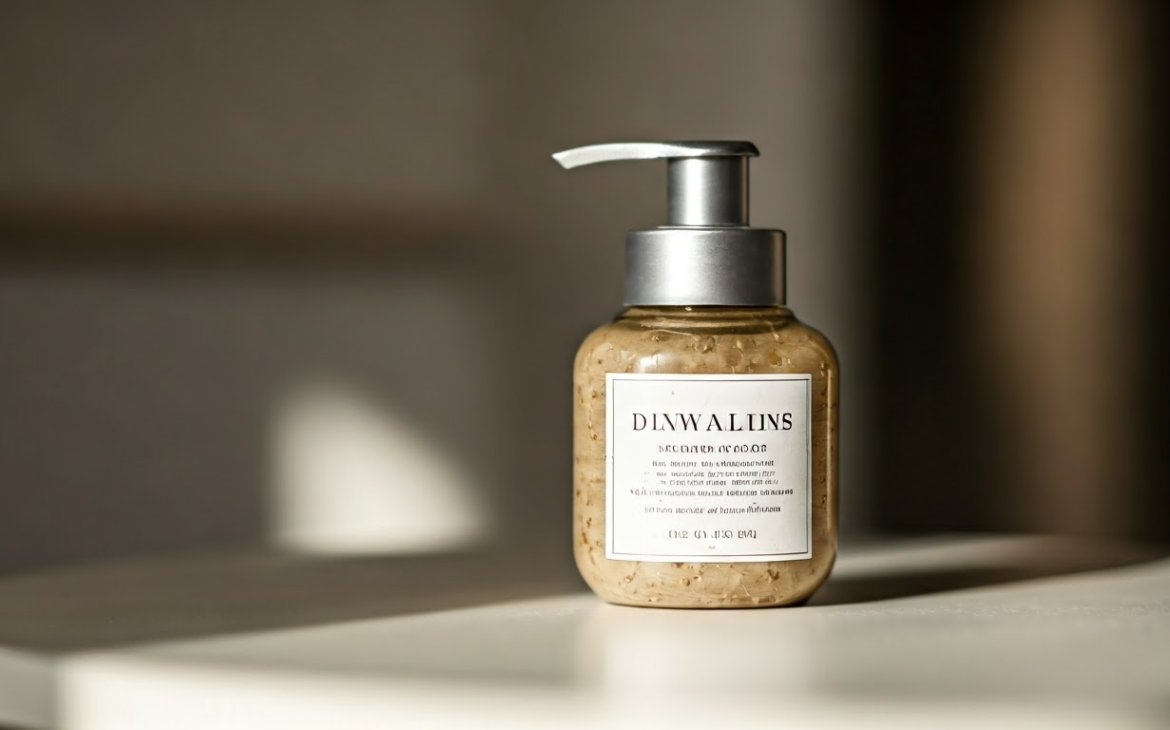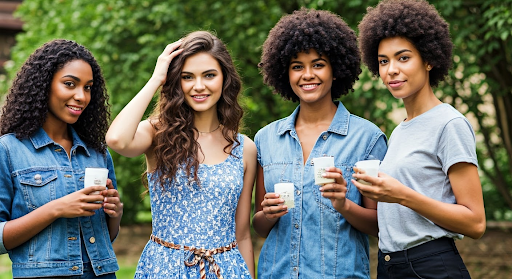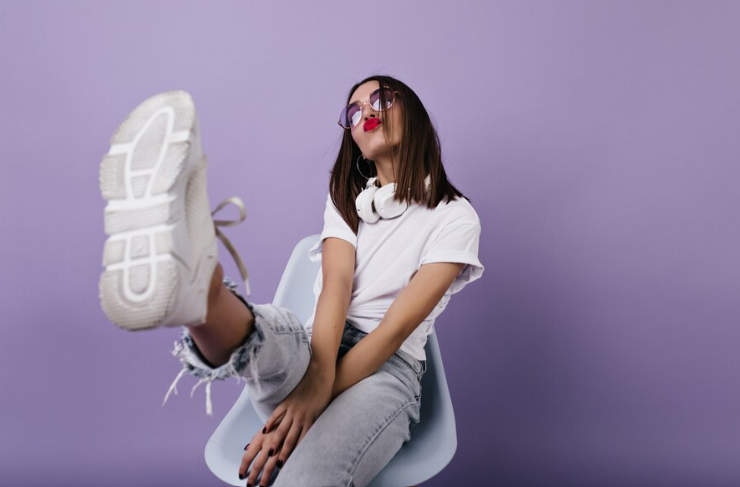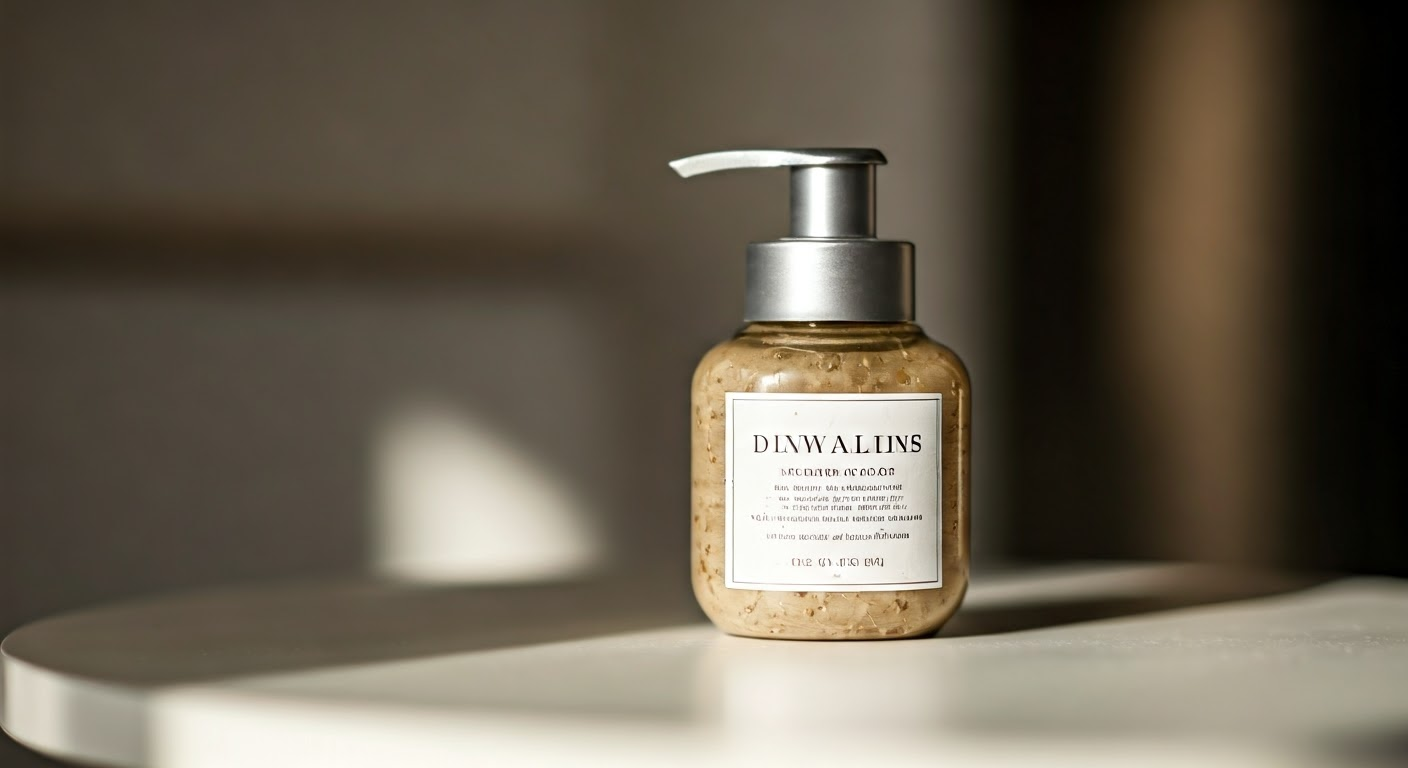
Product photography styling plays a pivotal role in an era where delivering visually appealing content is an indispensable tool for success. It’s a responsibility to craft a persuasive aesthetic story that accentuates your product and takes your brand’s visual storytelling to the next level. To do this effectively, styling should synchronize with your brand’s identity and resonate with your target audience.
This blog serves as your comprehensive guide to Product Photography Styling. Whether you aim to elevate your social media game on Instagram, jazz up a Shopify online shop or are a product photographer keen on mastering the art of product positioning – you will find essential insights, tips, and techniques to elevate your product photography practice. So let’s get started!
Why Is Product Photography Styling Important?
Product styling breathes life into professional product images, enhancing their attractiveness while highlighting the key features. It is indispensable in communicating and reinforcing your brand’s identity while triggering potential customers’ interest. Let’s dive deeper into the importance of product photography styling.
1. Impact on Brand Perception
Think of product styling as your brand’s way of telling a story. It’s not just about making your products look good—it’s about showing what your brand stands for across various social media platforms. Whether clean and minimal for simplicity or bold and extravagant for luxury, how you style your products says a lot. Keeping your photos consistent and visually appealing creates a brand identity that sticks with your audience and draws them in.
2. Enhancing Product Presentation
Product styling is all about showcasing your product in its best light by carefully choosing props, colors, and angles to highlight the best features of the product. It’s not just about looking good—it’s about helping customers connect with the product. For instance, showing a dress on a model instead of a flat lay brings it to life, making it easier for shoppers to imagine how it fits and flows. Every detail through visual content works together to tell the story of your product.
What Are the Types of Stylized Product Photography?
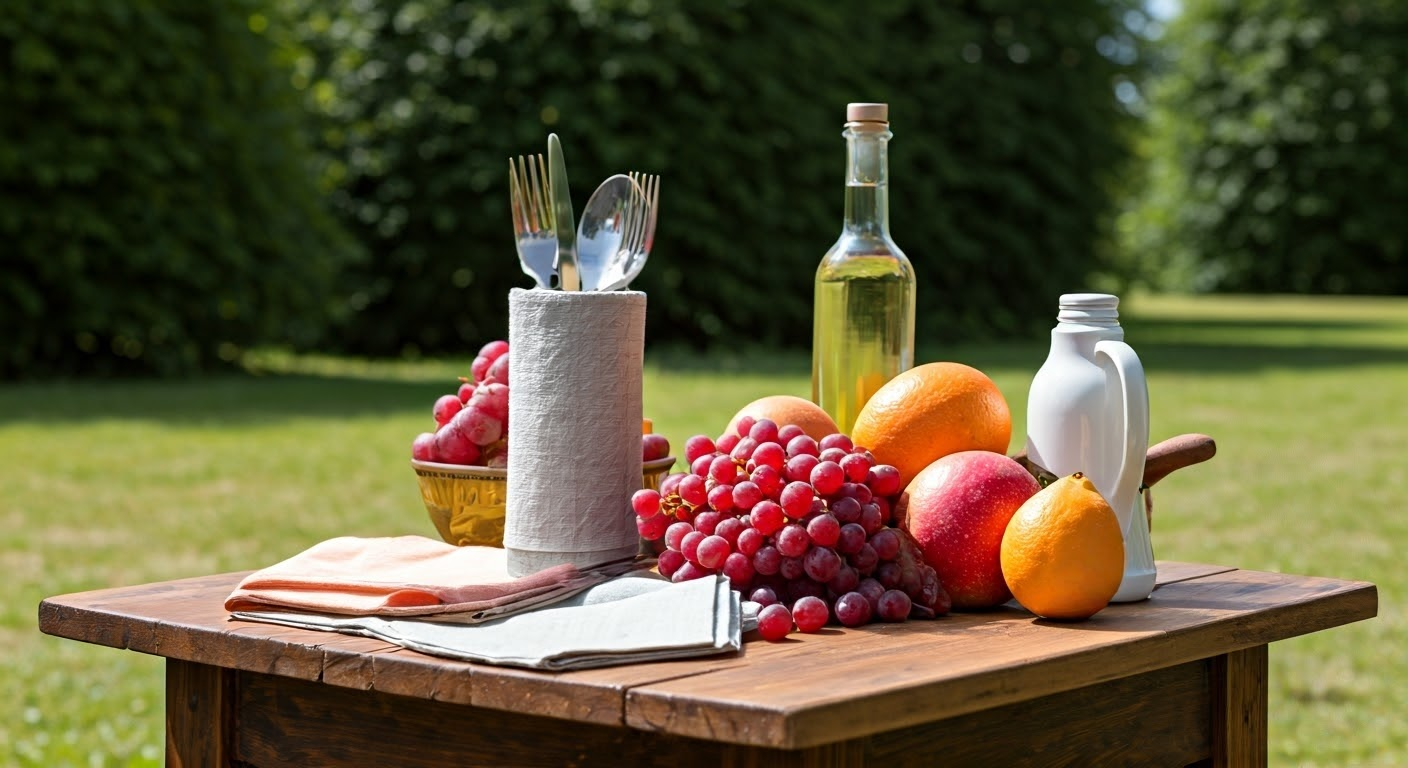
There are multiple types of product photography styling, each catering to different products and industries. This means it’s not one-size-fits-all – you need to select the appropriate styling for your product. Broadly, they can be classified into three categories: food styling, fashion styling, and beauty styling.
1. Food Styling
Food styling is an art that turns dishes into visual masterpieces. It involves carefully selecting fresh, vibrant ingredients and presenting them in the best ways that appeal to the viewer’s senses. Pre-cooking, strategic prepping, and meticulous plating highlight the dish’s best attributes, ensuring it looks as good as it tastes.
Attention to details like props and backgrounds can transform a simple dish into a story. Props such as cutlery and napkins and suitable backdrops create an inviting atmosphere. Additionally, partnering with professional food stylists ensures a harmonious blend of aesthetics and functionality for photography projects.
2. Fashion Styling
The next product photography styling is Fashion photography. It is about creating cohesive, stylish looks that reflect a brand’s identity. Stylists play a vital role by carefully curating outfits and accessories while ensuring elements like wrinkle-free garments and coordinated hair and makeup align seamlessly with the shoot’s vision.
Moreover, mood boards and style guides are essential tools that map out themes and maintain consistency. By integrating current fashion trends with an artistic flair, fashion styling elevates product imagery, captivating audiences and strengthening a brand’s appeal.
3. Beauty Styling
Beauty styling focuses on highlighting the unique qualities of cosmetics and skincare. Swatching textures and colors or arranging SKUs with elegant props ensure products catch the eye while reflecting authenticity and quality.
Incorporating fresh ingredients or brand-specific elements into photos adds transparency and charm. With carefully chosen props and backdrops, beauty styling transforms simple images into aspirational visuals that resonate with potential customers.
What Are Some Tips to Style Product Photography?
Styling product photography is an art that makes products look their best. From taking care of color psychology to selecting the right props for a product photoshoot and mastering lighting and angles, every element captures attention and conveys the product’s value visually. Let’s discuss various useful product photography tips in the following sections.
1. Taking Care of Color Psychology in Product Styling
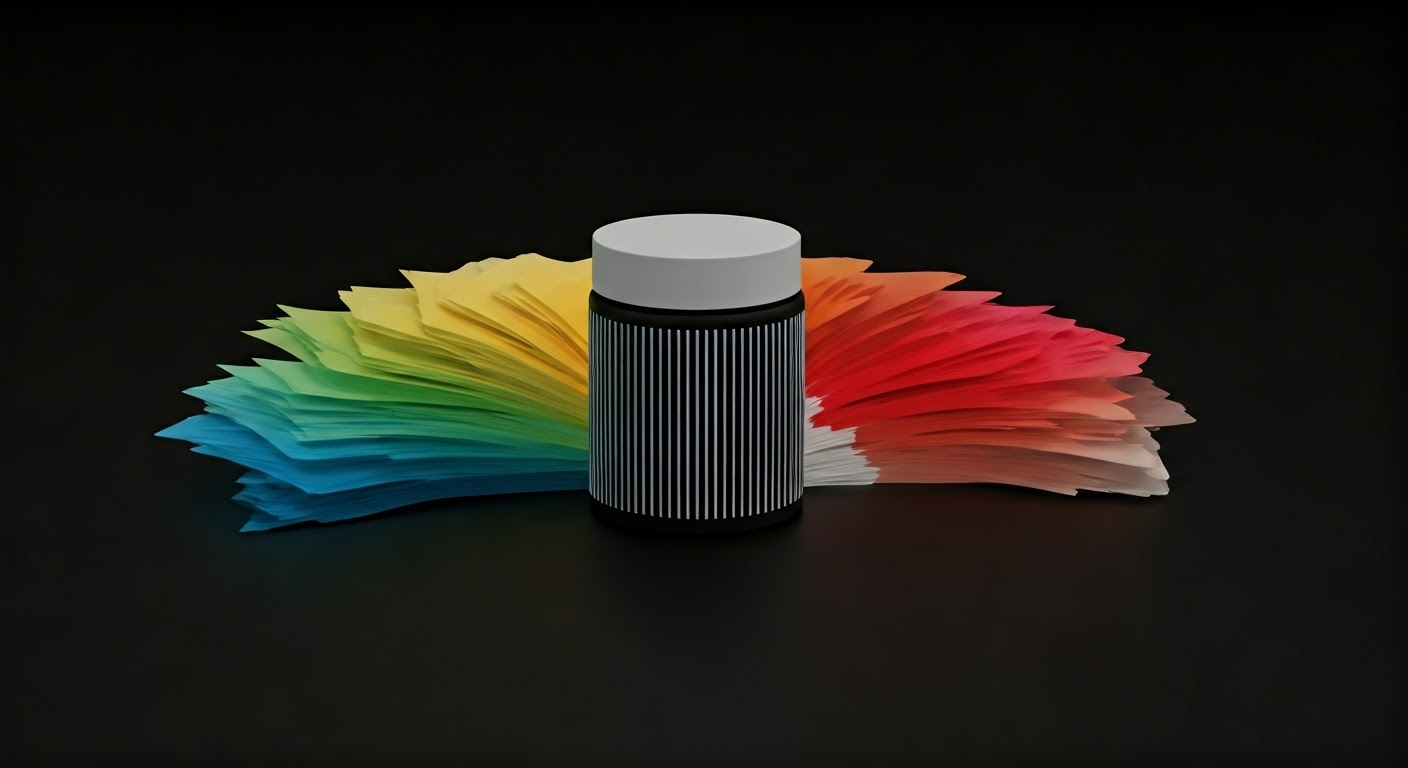
Colors significantly impact how customers perceive products. But how exactly is it done? Consistency in brand colors enhances recognition and builds trust while applying color theory can steer emotions and actions.
Color Harmony
Strategic use of harmonious color schemes like analogous, complementary, or triadic ensures visual appeal. Aligning colors with your brand’s palette while experimenting with combinations creates cohesive, attractive imagery that strengthens brand identity.
Emotional Impact of Colors
Other than strengthening your brand’s identity, colors also evoke specific emotions. This includes:
- Red: Energy, passion (youthful or bold products)
- Blue: Trust, security (tech and finance)
- Green: Health, nature (eco-friendly goods)
- Yellow: Warmth, positivity (kids’ products)
- Black: Luxury, elegance (premium items)
Utilizing these associations can easily help create product photos that resonate with your target audience.
2. Choosing the Right Background
The right background enhances product presentation and aligns with your brand. Simple backgrounds like a white background keep the focus on the product, which is ideal for e-commerce platforms. Meanwhile, more elaborate backdrops add creativity and storytelling for social media or marketing campaigns.
Simple vs. Elaborate Backdrops
- Simple Backgrounds: Clean and professional, perfect for marketplaces like Amazon.
- Elaborate Backdrops: Themed or styled backgrounds add personality and depth, which are great for branding and lifestyle shots.
Background Materials
- Seamless Paper: Affordable, smooth, and versatile but less durable.
- Muslin: Durable with textured, natural looks, ideal for creative shoots.
- Vinyl: Durable, easy to clean, and glare-free, suitable for heavy or messy products.
Thus, you should pick materials based on your product, budget, and styling needs.
3. Storytelling Through Props
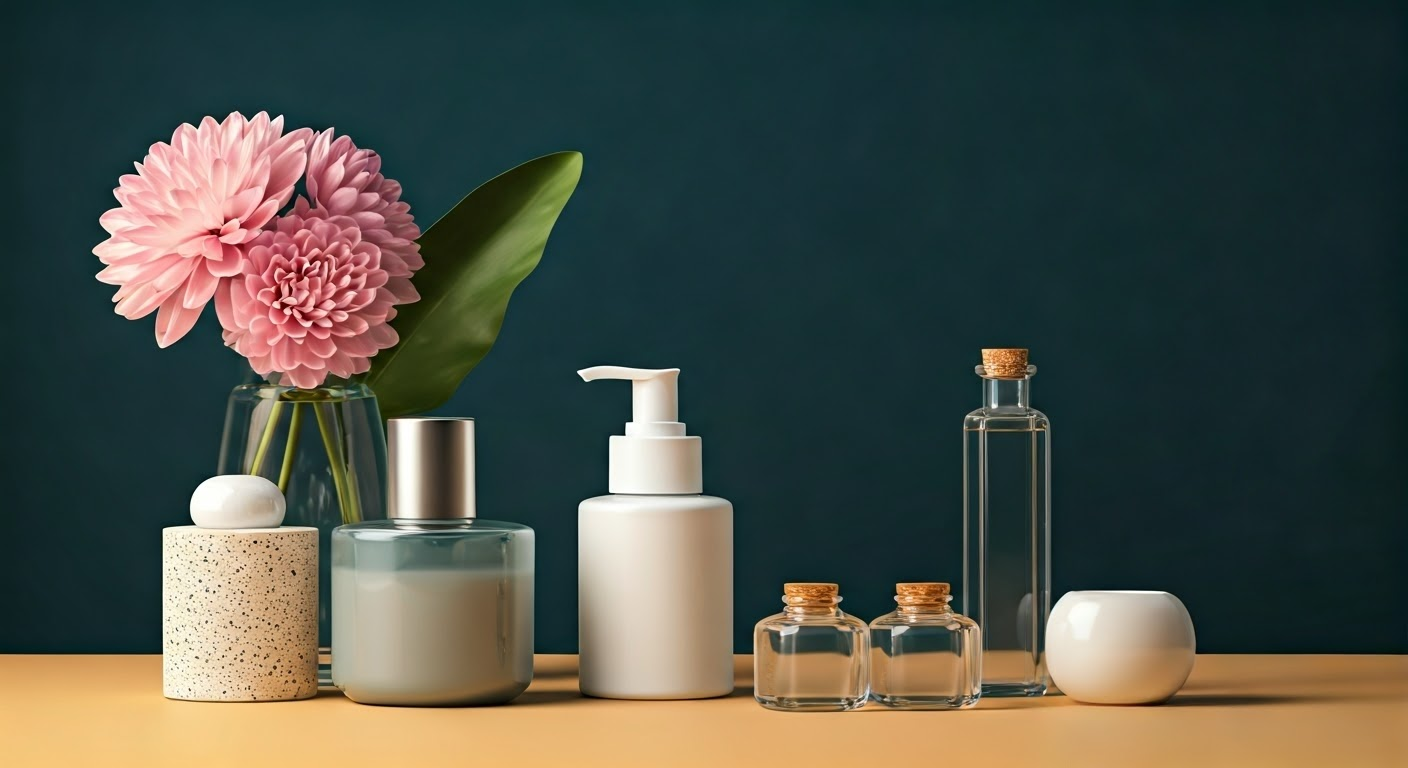
Props are storytelling tools that add depth, context, and emotion to your product images. They should enhance the product, reflect your brand, and connect with your audience without overshadowing the main subject.
Selecting Relevant Props
- Use-In-Context: Showcase how or where the product is used.
- Brand Cohesion: Choose props aligning with your brand identity, like natural elements for eco-friendly products.
- Highlight Features: Use props to emphasize specific details, like magnifying glasses for intricate designs.
- Storytelling: Create a narrative, e.g., a vintage map under a compass watch for an adventurous vibe.
Natural Prop Placement
Props should appear effortless and purposeful. Use layering and spacing to avoid clutter while directing focus to the product and creating a sense of depth. Ensure props complement the scene and blend naturally with lighting, enhancing the product’s appeal without stealing attention.
4. Add Human Elements in Product Styling
Including human touches in your product photos can make them feel more relatable and engaging. From showing someone wearing a piece of clothing to a hand casually reaching for it, these small details create a sense of connection. Such elements provide a real-world perspective, helping viewers imagine themselves interacting with the product.
Using Models or Hands
Models or hands can elevate your product photos by adding scale and context. For example, jewelry on a model shows how it looks when worn, while a hand in the frame suggests interaction. These excellent choices humanize the product and make it easier for customers to picture themselves using it. Just ensure the model or hands align with your brand’s vibe and target audience.
Creating Emotional Impact
Great product photos don’t just look good—they make people feel something. Adding human elements or simulating real-life scenarios can evoke emotions like trust, desire, or aspiration. This emotional connection draws viewers in and makes your product more memorable, turning simple images into compelling stories.
5. Bringing Products to Life with Real-Life Context
Recreating real-life scenarios in product photography helps customers visualize the product’s role in their lives. You build credibility and create a connection by positioning the product in everyday settings. For instance, kitchen utensils photographed in a vibrant kitchen or camping gear shown in a forest setting can tell a compelling story that resonates with viewers.
Crafting Authentic Scenes
Authentic and relatable scenes amplify your product’s appeal. Show the product in its natural environment to highlight its functionality and benefits. Think of a coffee mug photographed on a cozy breakfast table lined with tissue paper or skincare items arranged in a chic bathroom setup. Such imagery makes it easier for customers to see how the product fits into their routines.
Encouraging Interaction
As mentioned above, photos showing hands or models interacting with the product can build an emotional connection. For example, a hand pouring coffee from a kettle or a model wearing a jacket in a snowy setting demonstrates the use. It inspires viewers to imagine themselves owning the product. These interactions make the product relatable and can significantly influence buying decisions.
6. Don’t Underestimate the Power of Image Editing in Product Photography
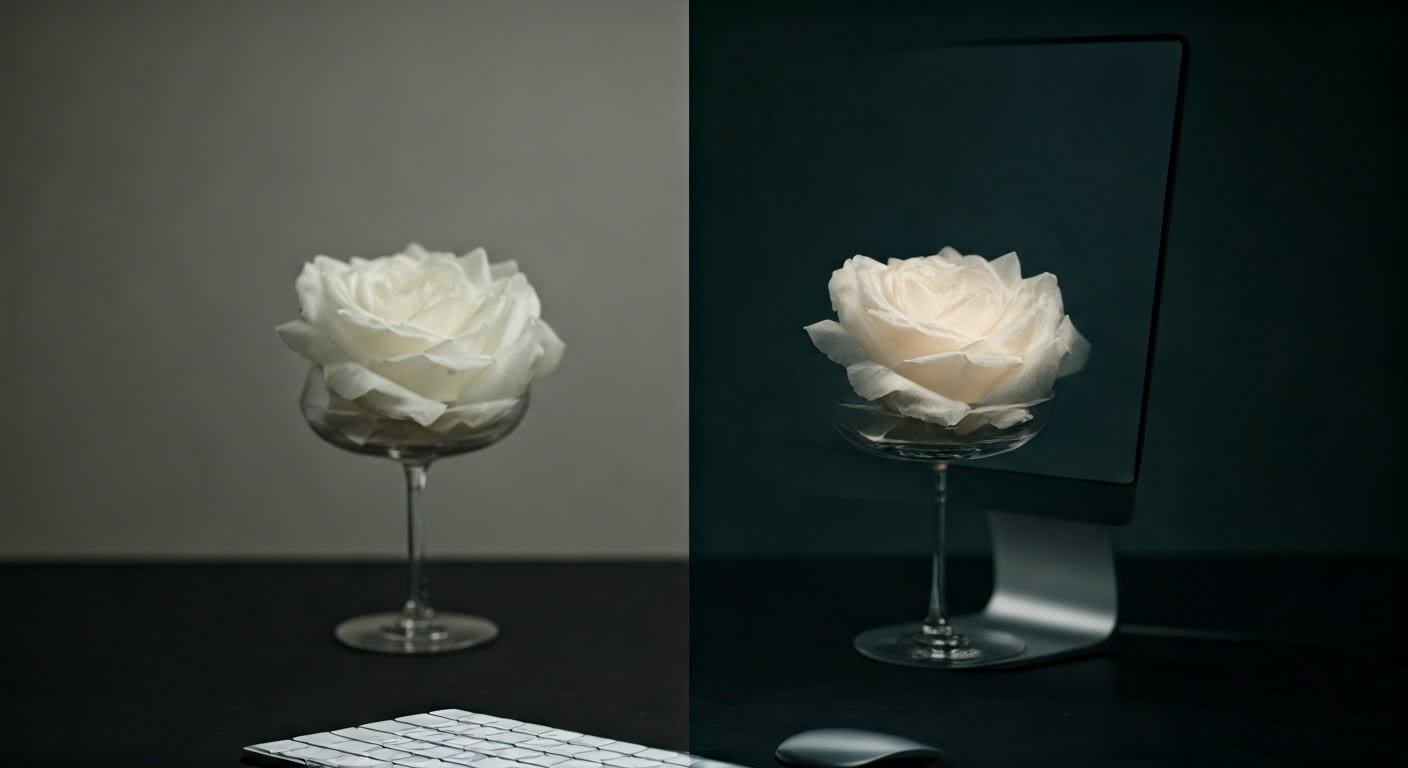
Image editing is essential in product photography to enhance visual appeal and maintain brand consistency. It allows you to correct imperfections, adjust lighting, and remove distractions, ensuring that the final images meet your audience’s expectations. Editing also helps create a cohesive visual narrative across all product images while again reinforcing your brand’s identity.
Enhancing Details and Visual Appeal
When editing product photos, focus on refining details like brightness, contrast, sharpness, and color balance to highlight the product’s best features from various angles with natural light. However, avoid over-editing, as this could create unrealistic expectations. Aim for clear, well-lit images that accurately represent the product, making them both aesthetically pleasing and trustworthy.
Retouching Techniques for Consistency
Retouching is key to maintaining uniformity across your product photography. Techniques like color correction, cropping, background removal, and shadow creation ensure that all images align with your brand’s identity. Proper adjustments to lighting and blemish removal create professional, high-quality images that boost customer trust and help drive sales.
Bonus Tip: Take Flix Studio’s Help in Creating High Quality Product Photography
Flix Studio specializes in creating high-quality product photography that elevates your brand. With a passion for storytelling through visuals, we deliver images that highlight your products in a visually appealing way.
Whether you’re looking for detailed close-ups, dynamic 360-degree shots, or engaging lifestyle setups, our expert team uses cutting-edge techniques to meet your needs.
Trust Flix Studio to showcase your products in a way that captivates your audience and drives sales. Let us make your product shine through professional, visually striking imagery.
Conclusion
The dynamics of e-commerce and digital marketing necessitate visually-driven content that’s striking and conveys the brand’s identity and message succinctly. Product photography styling can significantly enhance your product images’ visual appeal, relatability, and effectiveness, leading to enhanced brand perception and better conversions.
From understanding your target audience and brand values, paying heed to color psychology, and incorporating human elements to post-production image editing, each meticulous step in product styling photography plays a critical role in making your products shine and stand out.
Thus, embracing these pointers and integrating them into your product photography practice can significantly increase the conversion success of your brand!
Frequently Asked Questions
How do I choose props for product styling?
Selecting props for product styling involves considering your brand’s story, the product’s utility, and your customer’s preferences. Props should enhance the product’s functionality in product shoots, evoke the intended mood, and reflect your brand’s values while crafting a visual story that resonates with your customer’s lifestyles and aspirations.
What role does lighting play in product styling?
Lighting plays a pivotal role in product styling choices, as it directly impacts the perception of the product’s color, texture, and details. Experimenting with the color of the light can highlight key features, create desired moods, and add depth to your photographs, making them more appealing and convincing to viewers.
Should I use a professional product stylist or DIY?
While DIY can be cost-effective and allow personal creativity, professional stylists bring industry-specific knowledge, experience, and a keen eye for detail. Depending on the complexity of the shoot, your budget, and the type of product photography, choosing between hiring a professional stylist or DIY should be strategically made.
How can I make my products stand out on e-commerce platforms?
Captivating product photography is key to making your products stand out on busy e-commerce platforms by highlighting the unique selling points. This involves strategic product styling that showcases the product’s best features, consistent branding, well-lit photographs, use of trending keywords, competitive pricing, and ensuring active customer engagement through effective advertisements.
What is the cost of hiring a product stylist?
The cost to hire a product stylist can range anywhere from $600 to $2500 for a day rate, based on the industry, project specifics, and the stylist’s expertise level. At the affordable end, a few studios can offer styling services starting at $149 per hour.

